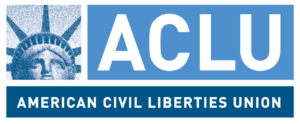Three Questions and Answers about Discovery Part 2
When Does the Process Begin, What Is the Court’s Role, and How Do the Methods of Discovery Relate to One Another?
Click Here for Part One of this Article.
I get certain basic questions about the discovery process quite often.
- When can you begin conducting discovery? And when can the debt collector do it?
- How do interrogatories, requests for documents, and requests for admissions relate to one another?
- And What is the Court’s involvement in the discovery process?
The answers aren’t always clear, but this article will answer these questions to the extent they can be answered.
What Is the Relationship between Interrogatories, Requests for Documents, and Requests for Admissions?
The discovery methods have no necessary connection, although you might notice that most requests for documents ask the other side to produce all documents “identified in your responses to interrogatories,” and many interrogatories from debt collectors ask you to explain why you denied any request for admission. I don’t usually suggest the question about requests for admissions because the only reason for denying a request for admission is that you don’t know it to be true. Period. But maybe a more sculpted question: “for every request for admission you denied, if you believe it to be untrue, state every reason…” Worth a shot, maybe.
In any event, all the methods of discovery are aimed at the same goals – to learn from the other side any information they have that either helps their case; hurts their case; helps your case; or hurts your case. Since you want them to tell you what that information is and how you can get it, or you want them to give you any of that information that is in their possession, it does make sense to connect your interrogatories and requests to make them do that.
What is the Court’s Involvement in the Discovery Process?
No Real Involvement in Most Jurisdictions
In most jurisdictions, there is no court involvement in the discovery process unless and until a motion to compel becomes necessary. Even in those jurisdictions, a lot of people will send a “notice of service of discovery” which simply informs the court of the date and type of service certain discovery was served on the other side: “On this date, defendant served his first set of interrogatories, requests for admissions, and requests for production on plaintiff by first class mail, postage prepaid, at the address noted below as the service address.” You can find an example in the document bank.
In Rare Jurisdictions
In a very few courts – I just heard of one last week for the first time – the courts still take copies of the discovery. That’s a question you could ask a court clerk and probably get an answer, because if they don’t want it, they really don’t want it.
How Most Courts Oversee Discovery
What happens is simple. You serve discovery and the other side answers or objects. In debt law cases, the debt collector will always object to everything, or almost everything, you ask. If you take no further action, nothing will happen. No one looks out for you! If you want to force the debt collector to answer, you must file a motion to compel (and typically you have to send them a “good-faith” letter to try to get them to agree to answer, first). Then you attach all your discovery requests and their answers and objections, and file it with the court. That’s the first time the court will see it, so your motion to compel has to be thorough and complete.
And there’s more. After the other side responds, you will need to “call” (schedule your motion with the court) and argue it in front of the judge in order to get the court to rule. The court will either sustain their objections or overrule them and order them to answer the requests. If it orders them to produce answers, it will usually give them a little time to do that.



